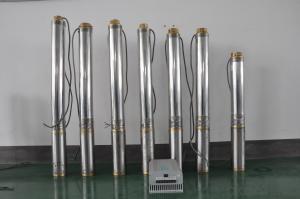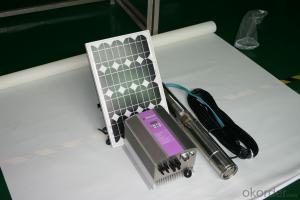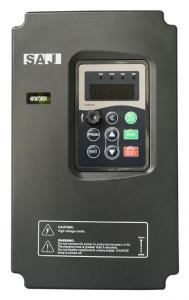DC solar water pump with helical screw
- Loading Port:
- Shanghai
- Payment Terms:
- TT OR LC
- Min Order Qty:
- -
- Supply Capability:
- 300 set/month
OKorder Service Pledge
Quality Product, Order Online Tracking, Timely Delivery
OKorder Financial Service
Credit Rating, Credit Services, Credit Purchasing
You Might Also Like
how is the rotor made:
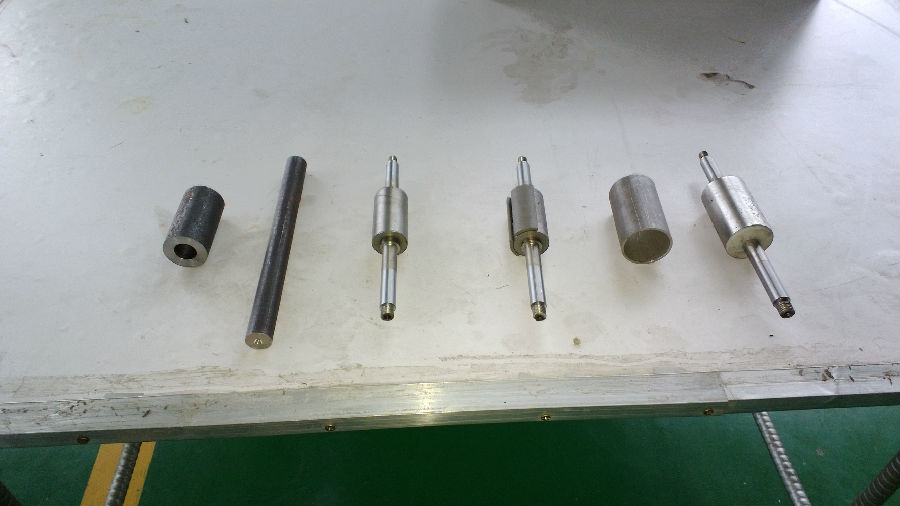
how is the motor made:
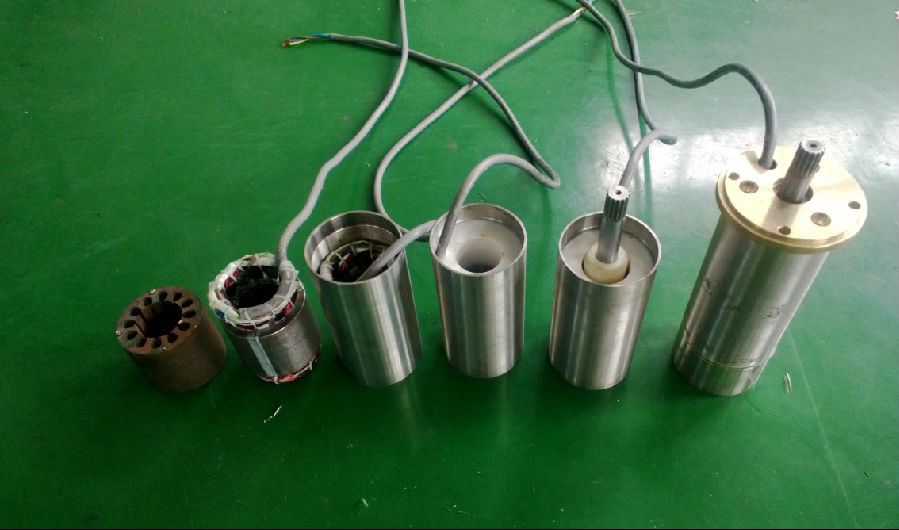
the pump :
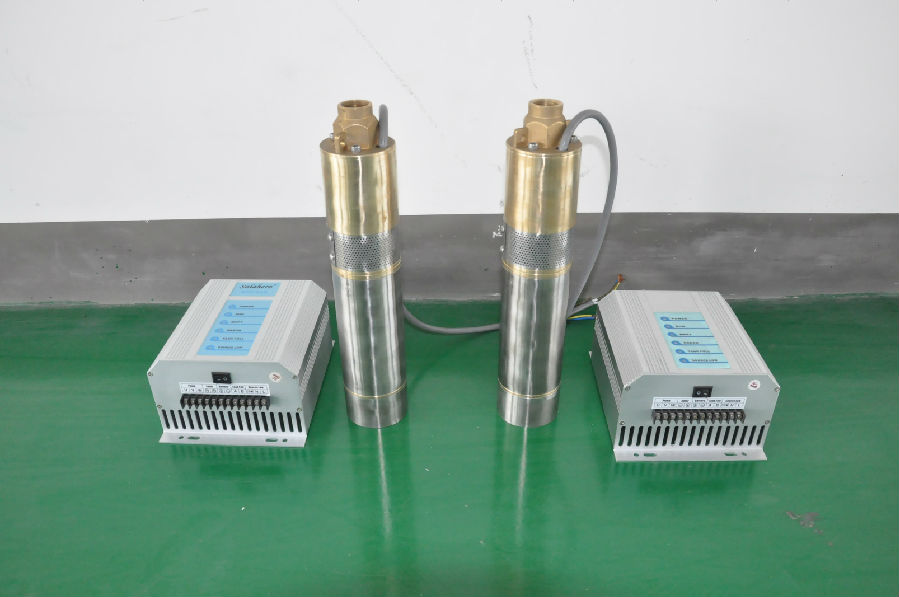
controller terminal connection:
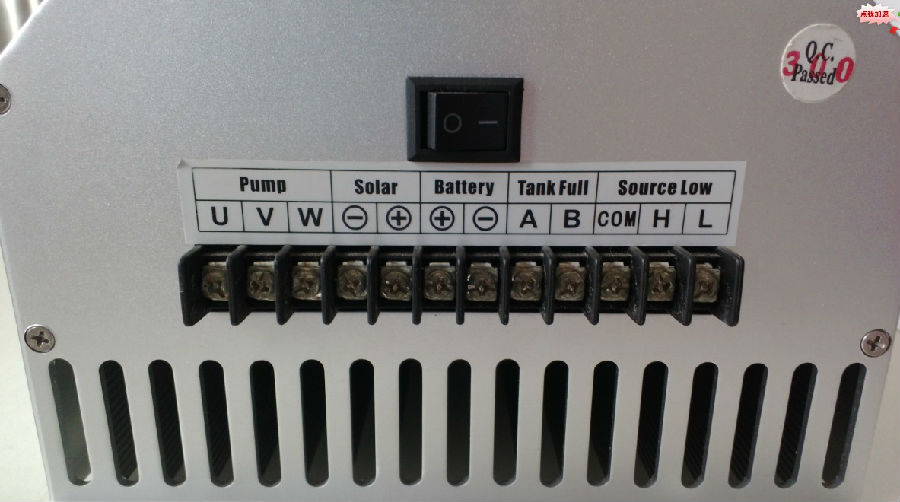
The permanent magnet:

the helical screw:
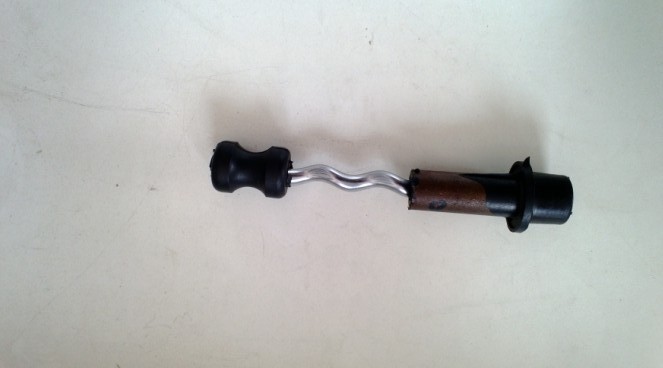
controller box:
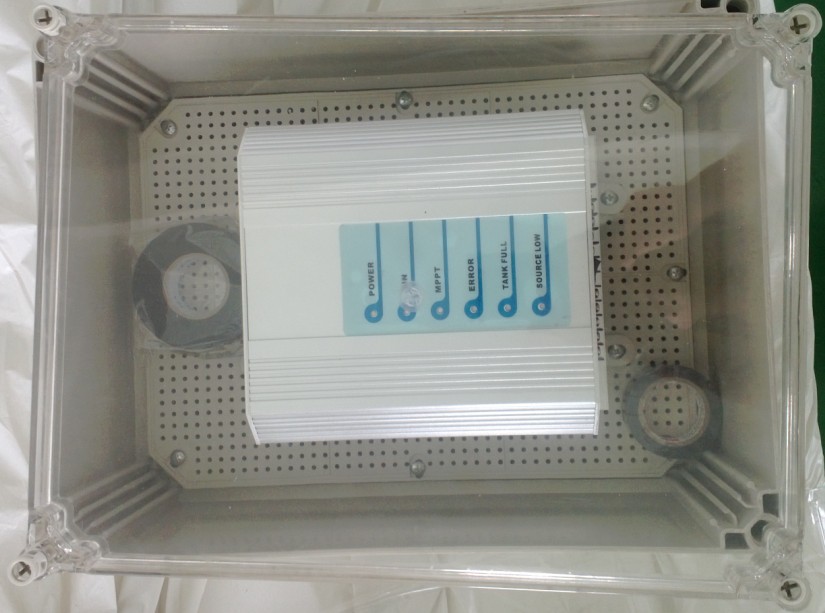
the senors:
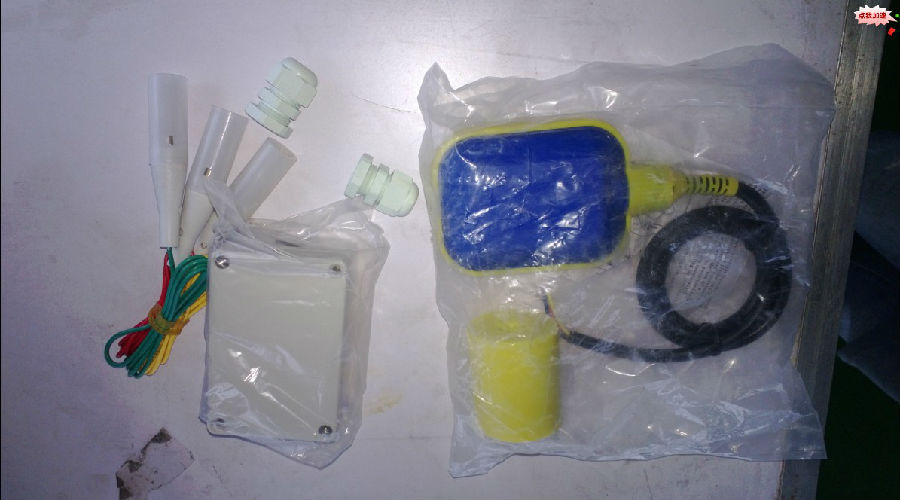
the test:
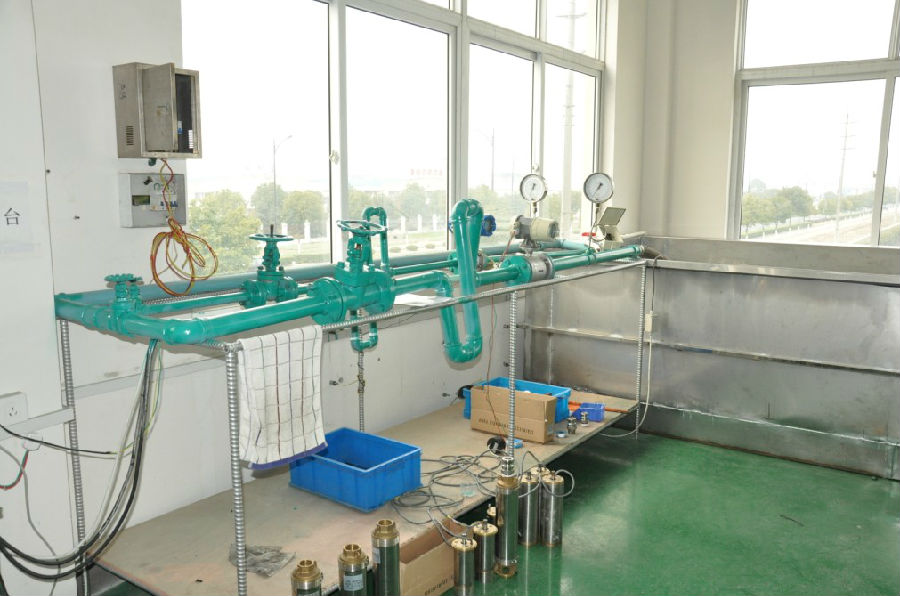
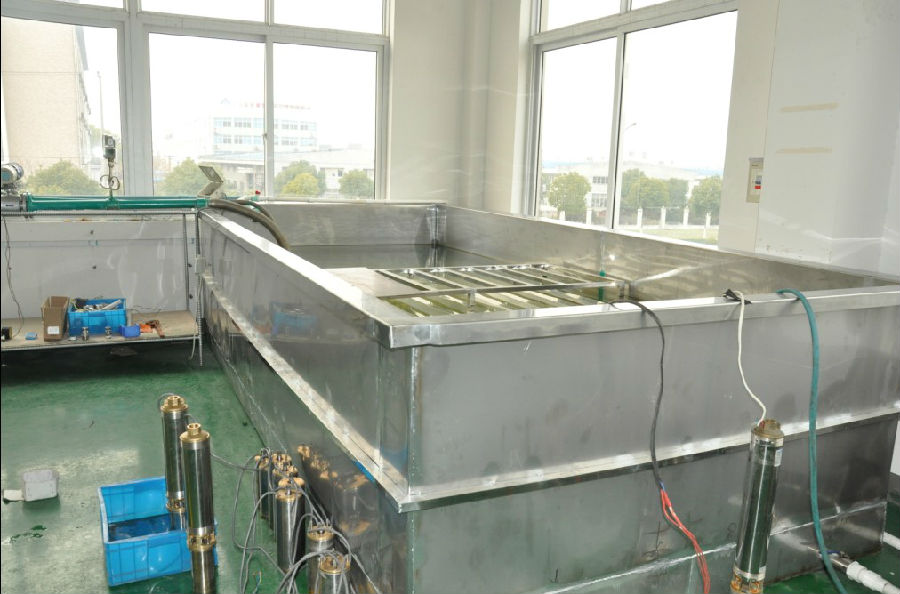
the application:
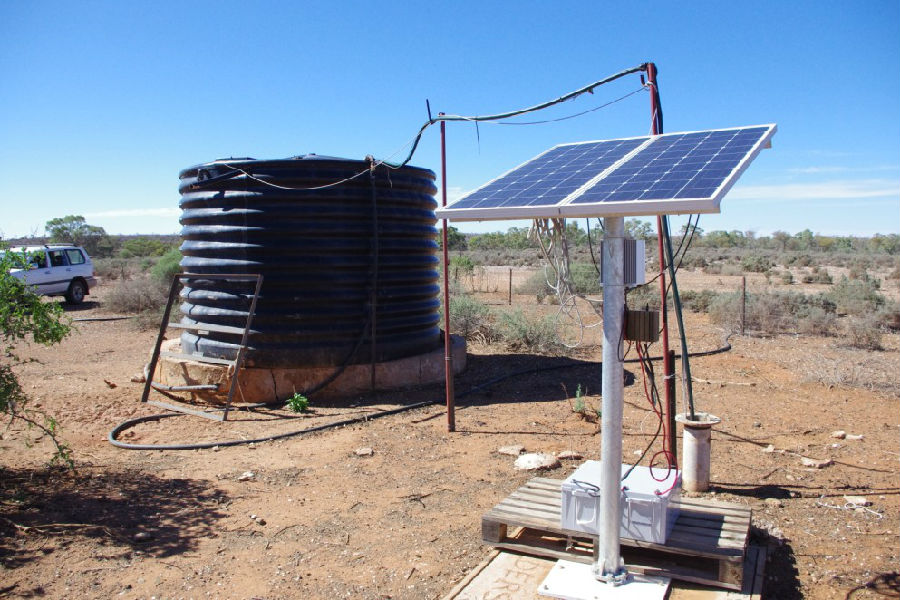
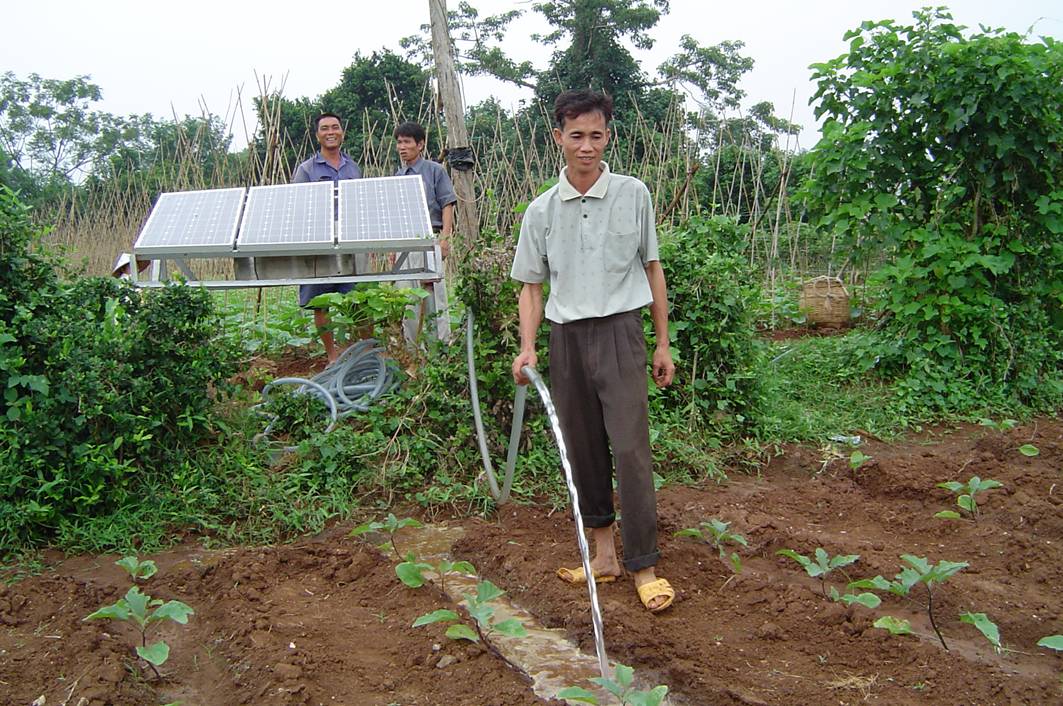
the package:
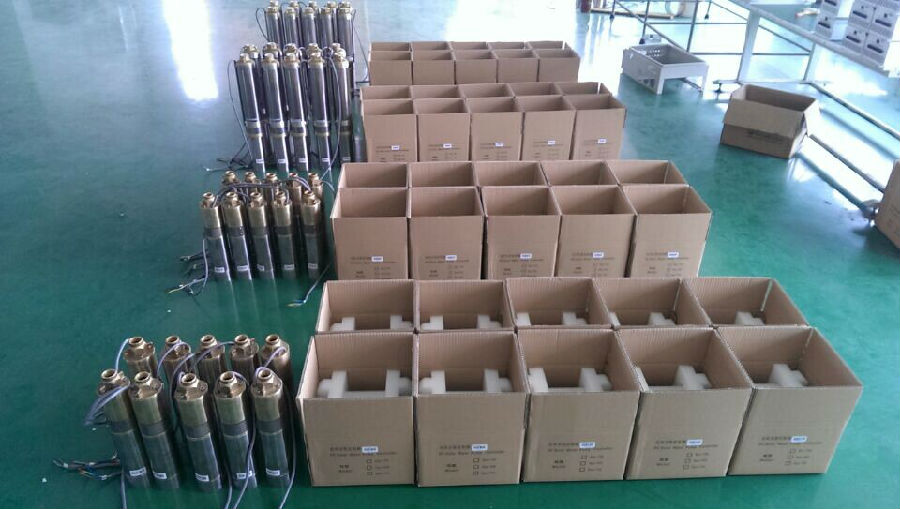
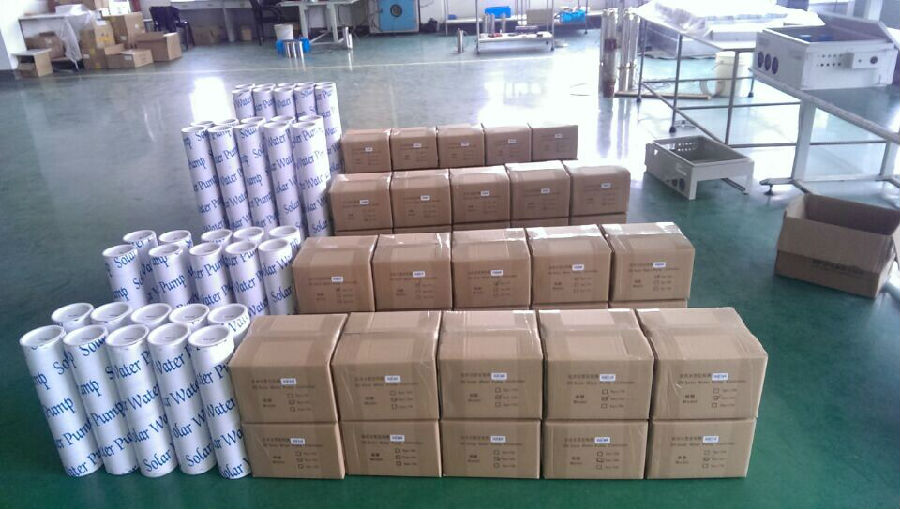

- Q:Can a solar pump be used for water supply in recreational facilities or parks?
- Yes, a solar pump can be used for water supply in recreational facilities or parks. Solar pumps can efficiently draw water from a source like a well or a nearby water body and distribute it for various purposes such as irrigation, fountains, or even drinking water supply. They are a sustainable and cost-effective solution for providing water in areas without access to grid electricity.
- Q:What is the maximum temperature a solar pump can handle?
- The maximum temperature that a solar pump can withstand may differ based on the specific model and manufacturer. Nevertheless, most solar pumps are generally built to endure temperatures ranging from 50-60 degrees Celsius (122-140 degrees Fahrenheit). To determine the exact maximum temperature rating for a particular solar pump model, it is crucial to consult the manufacturer's product specifications. Moreover, it is recommended to install the pump in a location that reduces exposure to extreme temperatures and guarantees sufficient ventilation for optimal performance and longevity.
- Q:What is the impact of a solar pump on poverty alleviation?
- The impact of a solar pump on poverty alleviation is significant. It provides access to clean and affordable water for communities in areas with limited or no access to electricity. This helps in improving agriculture productivity, enabling irrigation for crops and livestock, leading to increased food security and income generation. It also reduces the burden of women and children who usually bear the responsibility of fetching water, allowing them to invest their time in education and income-generating activities. Overall, the use of solar pumps contributes to poverty reduction by addressing one of the basic needs and empowering communities to become more self-sufficient.
- Q:Can a solar pump be used to pump other liquids besides water?
- Yes, a solar pump can be used to pump other liquids besides water. The suitability of the solar pump for pumping different liquids depends on factors such as the viscosity and corrosiveness of the liquid.
- Q:Can a solar pump be used for water transfer between reservoirs or tanks?
- Yes, a solar pump can be used for water transfer between reservoirs or tanks. Solar pumps are designed to efficiently draw water from one source and transfer it to another, making them ideal for applications such as transferring water between reservoirs or tanks. They utilize solar energy to power the pump, eliminating the need for electricity and making them cost-effective and environmentally friendly solutions for water transfer.
- Q:Can a solar pump work at night or in cloudy weather?
- No, a solar pump relies on sunlight to generate electricity, so it cannot work at night or in cloudy weather when there is insufficient sunlight.
- Q:Can a solar pump be integrated with existing water infrastructure?
- Yes, a solar pump can be integrated with existing water infrastructure. Solar pumps are designed to be compatible with various types of water infrastructure systems, including irrigation systems, water supply networks, and even household plumbing systems. The integration process typically involves connecting the solar pump to the existing water infrastructure through pipes, valves, and fittings. This allows the solar pump to draw water from existing sources, such as wells or lakes, and distribute it to the desired locations. Additionally, solar pumps can be equipped with sensors and controllers that enable them to interact with the existing water infrastructure more efficiently, optimizing water flow and pressure. Overall, integrating a solar pump with existing water infrastructure offers a sustainable and cost-effective solution for pumping water while reducing reliance on conventional energy sources.
- Q:How does a solar pump handle water with high levels of heavy metals or radioactive materials?
- A solar pump is primarily designed to handle water pumping efficiently using solar energy. However, it does not have specific mechanisms or technologies to handle water with high levels of heavy metals or radioactive materials. To address such water contamination, a solar pump would require additional water treatment systems such as filtration, reverse osmosis, or ion exchange to remove or reduce the presence of heavy metals or radioactive materials before the water is pumped.
- Q:Can a solar pump be used for water supply in mining operations?
- Yes, a solar pump can be used for water supply in mining operations. Solar pumps are an efficient and sustainable option as they utilize renewable energy from the sun to power the pump. They can be used to extract water from wells, rivers, or other water sources, providing a reliable water supply for mining operations. Additionally, solar pumps are easy to install, require minimal maintenance, and can be cost-effective in the long run, making them suitable for remote mining sites.
- Q:How long does it take to recoup the cost of a solar pump through energy savings?
- The time it takes to recoup the cost of a solar pump through energy savings can vary depending on factors such as the initial cost of the pump, the energy efficiency of the pump, the amount of energy savings achieved, and the local energy rates. However, on average, it can take anywhere from 5 to 10 years to recoup the cost of a solar pump through energy savings.
1. Manufacturer Overview |
|
|---|---|
| Location | |
| Year Established | |
| Annual Output Value | |
| Main Markets | |
| Company Certifications | |
2. Manufacturer Certificates |
|
|---|---|
| a) Certification Name | |
| Range | |
| Reference | |
| Validity Period | |
3. Manufacturer Capability |
|
|---|---|
| a)Trade Capacity | |
| Nearest Port | |
| Export Percentage | |
| No.of Employees in Trade Department | |
| Language Spoken: | |
| b)Factory Information | |
| Factory Size: | |
| No. of Production Lines | |
| Contract Manufacturing | |
| Product Price Range | |
Send your message to us
DC solar water pump with helical screw
- Loading Port:
- Shanghai
- Payment Terms:
- TT OR LC
- Min Order Qty:
- -
- Supply Capability:
- 300 set/month
OKorder Service Pledge
Quality Product, Order Online Tracking, Timely Delivery
OKorder Financial Service
Credit Rating, Credit Services, Credit Purchasing
Similar products
New products
Hot products
Hot Searches
Related keywords









